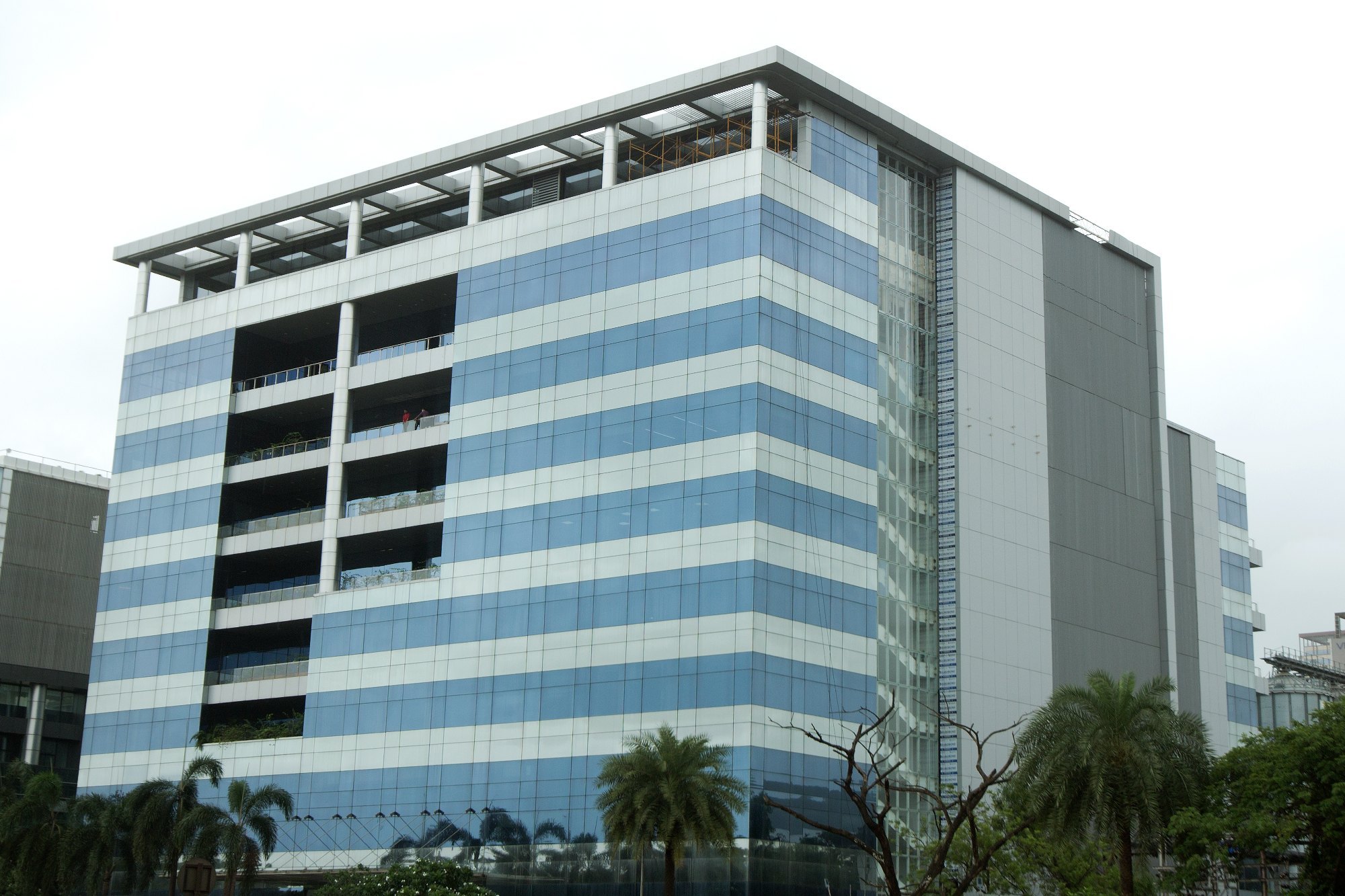In the architectural and interior design industry, ideas of walls have evolved to mean much more than boundaries. Walls now serve as the basis for aesthetically pleasing designs, as vehicles for storytelling, and more importantly, as functional components of our spatial experience. As we move forward with modern design ideologies that marry aesthetics and performance, we’re turning to newer materials instead of traditional materials such as drywall. Perhaps it is prudent to consider ACPs (Aluminium Composite Panels)—a material that is silently but profoundly changing the way we understand walls. Over the past 15 years, ACPs have taken centre stage in the commercial and high-end residential market. As per a 2024 report, the global market size for Aluminium Composite Panels was valued at over USD 7.4 billion in 2023 and is expected to grow at a compound annual growth rate (CAGR) of over 6.2% from 2024 through 2030 (Grand View Research). The ACP sector in India, specifically, is burgeoning; with the building and construction (architectural) sector constituting over 60% of the demand. So why the dramatic shift? It is more than just about sleek finishes or modern façades. There are many architects and designers who are using ACP not only to clad the exterior of buildings but to also clad feature walls—being those impactful, visual surfaces that set the tone for a space. Blueprinting reasons to be more than visual.

Style Meets Substance: Reinventing Interior Aesthetics
ACPs come in an endless array of finishes- wood grain, metallic, matte, high gloss, textured, mirror, stone and custom prints. This is a valuable and enormous resource for architects to incorporate into their interior designs giving them endless visual possibilities without the restraints of traditional materials. ACPs are finished and ready for install. For instance, drywall requires surface treatments (putty, primers, paints, and wallpapers) that require time and labor. Therefore, it can take an architect many weeks to gain the same level of aesthetic beauty in traditional materials relative to what can be pre-achieved in ACPs. Designers, and architects leverage these Friedman time/labour savings to build statement walls in retail stores, hospitality interior spaces, corporate offices, and modern developments (homes) by creating an entirely unique aesthetic by adding endless ranges of colour and texture to an interior environment.
Fire-Retardant & Safe: When Beauty Comes with Safety
Post-pandemic, architects are more conscious of safety standards. Fire safety has been at the top of the list. Many leading ACP brands and companies are now producing fire-retardant (FR) panels that are compliant with internationally recognised safety codes and standard certifications (EN 13501-1). In public spaces (hospitals, schools, airports, and malls) they provide the peace of mind of a safety class, while still aesthetically appealing.
Lasting Power Beyond Drywalls
Drywalls frequently get knocked for getting dinged, scratched, moisture damaged, and just plain worn out over time. In contrast, ACPs are manufactured to be weatherproof, impact-resistant, and corrosion-proof. The combination of the durability of the two-piece aluminium sheet + the non-aluminium core of the sandwich structure provides flexible durability for the long haul. The performance and durability of ACPs compared to dry walls, especially in high-humidity environments or spaces susceptible to wear (hotel lobbies, public washrooms, kitchens) is vastly superior and dry walls are often lasting only a few years before requiring repair or replacement.
Sustainable, Recyclable, Responsible
The influence of professional green building certifications like LEED, IGBC, etc. have led to a significant shift in materials deployed across the architectural industry. The use of ACPs aligns perfectly with this shift, as they are 100% recyclable and manufactured utilizing sustainable manufacturing methods. Some brands even utilize recycled aluminium in their panels. The overall life span and durability of ACPs along with the low maintenance helps contribute to a reduced overall environmental footprint, which makes ACPs an exciting sustainable option not only for façades but within interiors as well.
Customisation on a Scale
The other main area of societal influence comes from the possibility of mass customisation. With drywalls material is not flexible, ACPs can be CNC cut, bent, engraved, or laser etched so much more options to create interesting, unique and captivating designs and patterns for brands looking to create a signature wall or branding experience or venues wishing to provide cultural, artistic, or thematic space. Even on a residential level, designers area able to not use ACPs to create the backdrop of a mandir, entertainment unit, headboard, or captivating foyer design that is stylish and usable.
Drywalls may still have a significant role, but the architectural conversation is undoubtedly turning towards smarter, sustainable, and more design-flexible materials. As ACPs progress in finishes, functionality, and safety, they can become the preferred solution for feature walls that are more than just showcases, but long-lasting, ever-evolving, and future-ready walls. Many architects are looking to build spaces that capture the spirit of modern living; while ticking boxes for safety, speed, sustainability, and style, ACPs are undoubtedly the material of the moment. Beyond drywalls lies a whole new universe of undiscovered opportunities.


